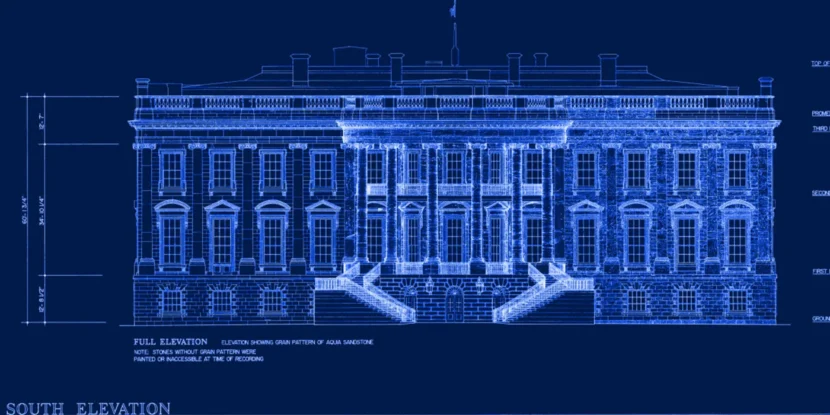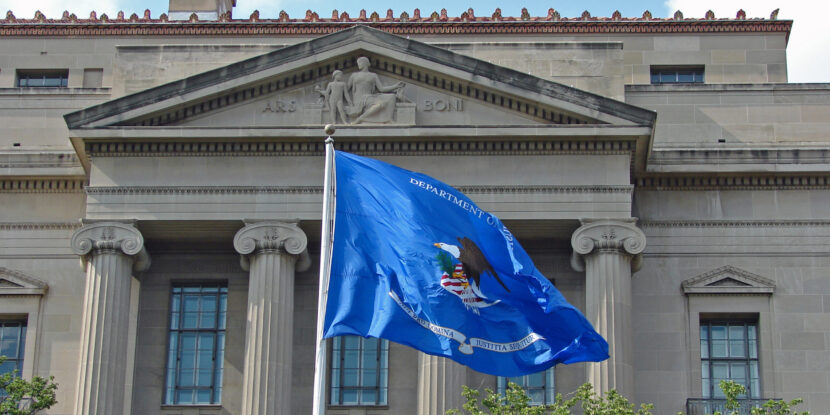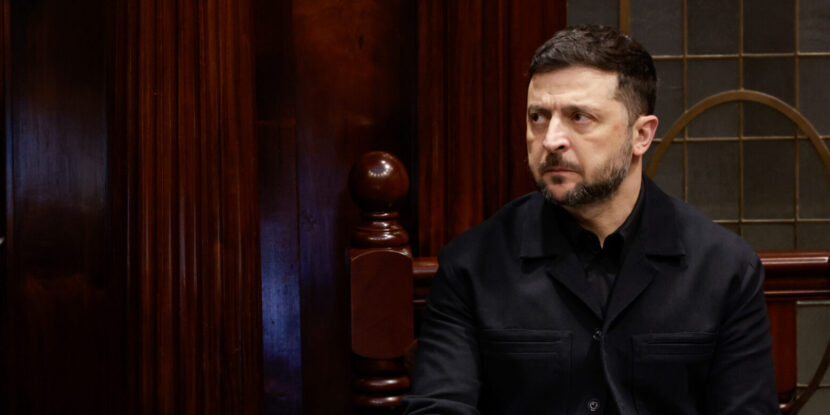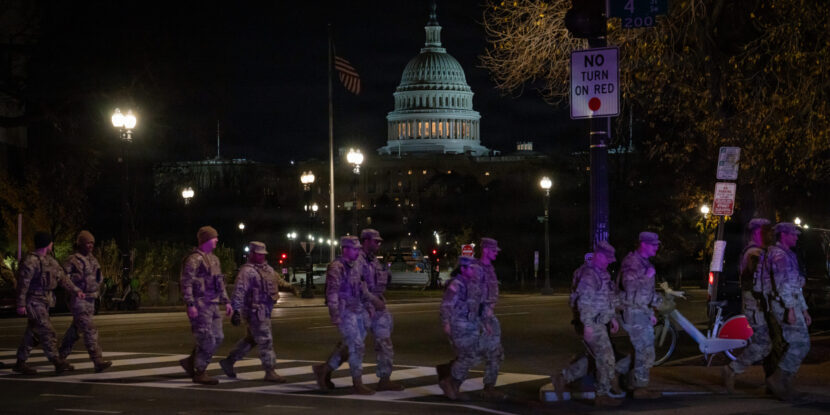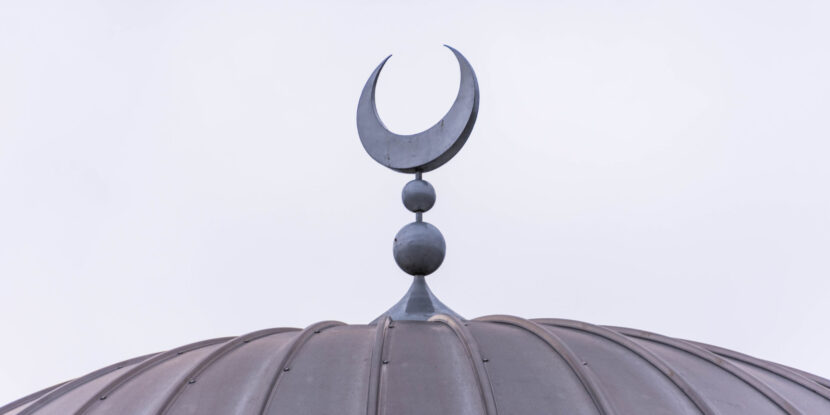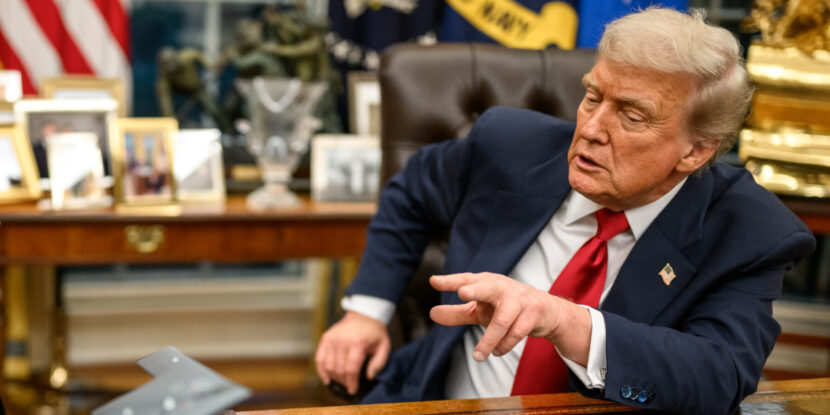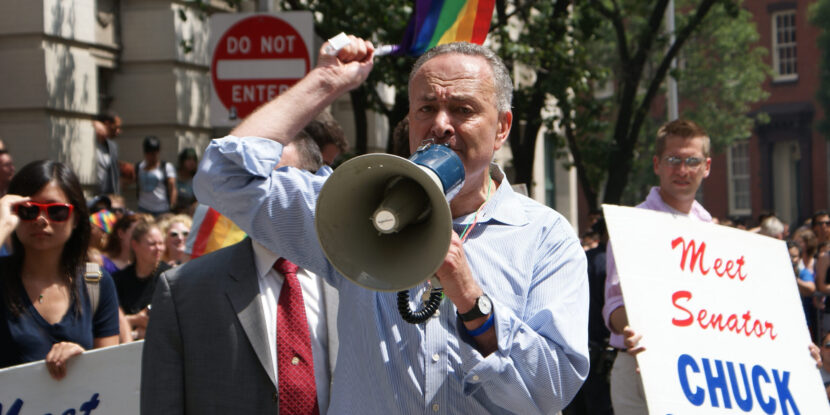PULSE POINTS:
❓What Happened: Sensitive documents, including White House blueprints, were improperly shared with thousands of federal employees after being accidentally uploaded through the General Services Administration’s (GSA) Google Drive.
👥 Who’s Involved: Employees of the General Services Administration (GSA).
📍 Where & When: The incident originated from the GSA in Washington, D.C.; it began in 2021 and was discovered last week.
💬 Key Quote: “Even if they were not formally classified … they would be closely held for obvious security reasons,” said Steven Aftergood, a former director for the Federation of American Scientists’ Project on Government Secrecy.
⚠️ Impact: Potential security risk due to sharing sensitive information with upwards of 11,200 government workers; ongoing investigation and cybersecurity report filed.
IN FULL:
Personnel from the General Services Administration (GSA), responsible for managing federal buildings, unintentionally gave over 11,200 agency employees access to sensitive documents. The documents reportedly included blueprints for the White House.
The issue arose when a Google Drive folder was mistakenly uploaded with settings that allowed widespread access. This misconfiguration occurred in 2021 during the Biden government and was discovered only last week during a routine audit by the GSA’s IT team.
Subsequent to the discovery of the Biden-era Google Drive security issue at the GSA, the Trump administration posted three documents in the compromised folder, not knowing that the materials were widely accessible. Notably, one of the documents contained the banking information for a vendor contracted for work on a Trump administration press conference. The GSA’s IT department is conducting a detailed investigation, and a cybersecurity report has been filed regarding the incident.
Experts in government secrecy, including Steven Aftergood, have emphasized the potential risk posed by sharing certain documents even if they lack formal classification. “Even if they were not formally classified … they would be closely held for obvious security reasons,” said Aftergood, a former director for the Federation of American Scientists’ Project on Government Secrecy.
Information about private passageways or security procedures could be considered classified under Executive Order 13526, which governs national security information.
The leak comes just weeks after a corporate media journalist was inadvertently added to a Signal chat with senior officials, including Vice President J.D. Vance, about strikes against the Houthis in Yemen.
